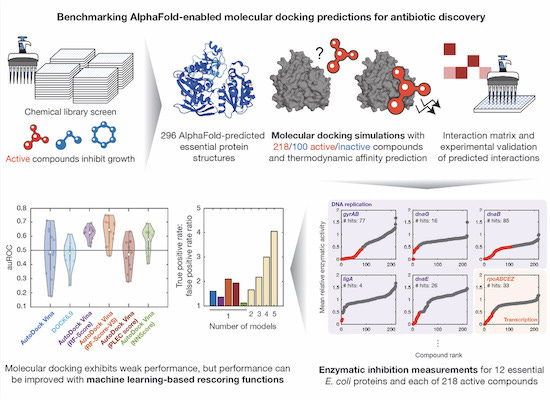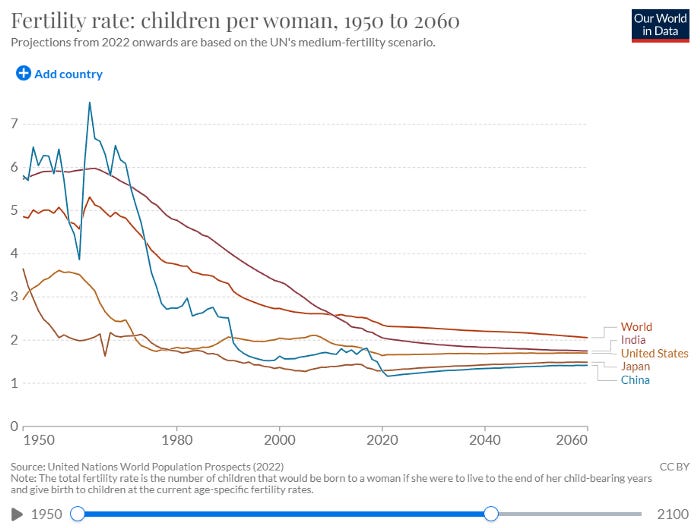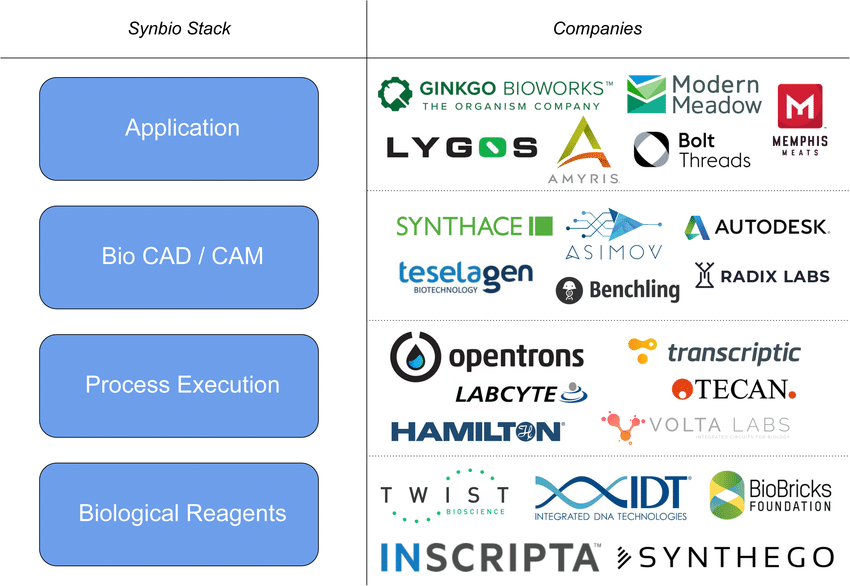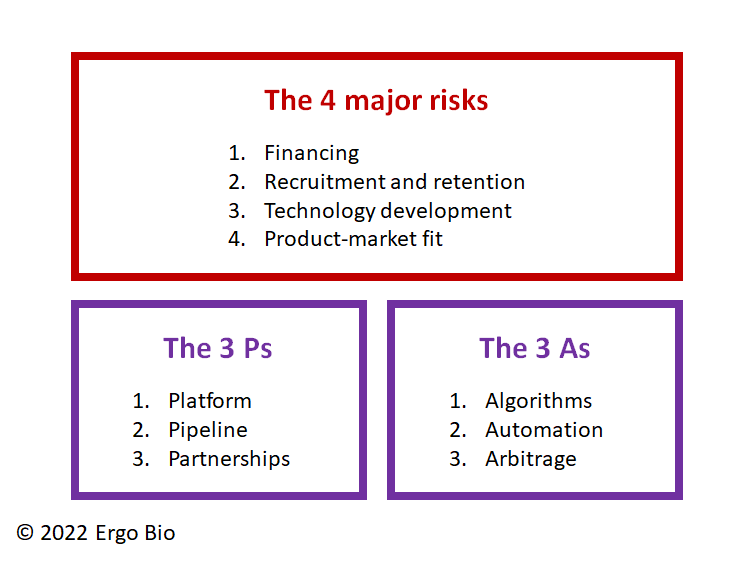Happy Monday! Welcome to the first edition of the Decoding TechBio weekly review, where we’ll highlight what we’ve consumed (read, listened to, stumbled upon) each week.
Our first long-form piece will be published soon. As a preview, we’ll analyze the applications, potential, and limitations of transformer-based machine learning models in biology. Transformers are among the biggest methodological advancements in machine learning since AlexNet and the advent of convolutional neural networks in 2012, driving a dizzying pace of progress in artificial intelligence in recent years. We’ll summarize what you need to know and sort out reasons for optimism as well as caution for the applications of transformers in biology.
What we read
Academic Papers
Growing Synthetic Embryos [Cell 2022]
The ability to culture synthetic embryos straight from embryonic stem cells outside the uterus theoretically opens up a host of applications for tissue/organ regeneration, longevity, and more. This research shows the insane self-organization potential stem cells intrinsically have and how controlling cellular cues adds an extra layer of embryonic engineering. However, much more research and control will be required before we can “engineer embryos every time we want a human organ transplant”—1) because there are international standards against culturing human embryos for more than 14 days and 2) because the embryos lack full functionality and structure depending on when they are harvested. Newly formed company Renewal Bio is exploring this potential.
Benchmarking AlphaFold-enabled molecular docking predictions for antibiotic discovery [Molecule Systems Biology 2022. h/t Derek Lowe]
A recent paper in Molecule Systems Biology tested the accuracy of molecular docking predictions using protein structures derived from AlphaFold2. Protein-ligand binding between antibacterial compounds and AlphaFold-generated structural predictions of a bacterial proteome were generated and tested with an enzymatic activity assay. The performance wasn’t great - the average ROC for model predictions was around 0.5, or near chance. Importantly, the authors found similarly poor performance when experimentally-derived rather AlphaFold generated structures were used. Take-home point: we need better computational methods downstream from protein structure prediction if the potential of AlphaFold in small molecule drug discovery is to be realized.
Multimodal Biomedical AI [Julian Acosta et al., Nature Medicine, 2022]
This review identifies the technical challenges and recent improvements in the analysis of multimodal healthcare data. The majority of machine learning applications in healthcare are in narrow applications like medical imaging. Multimodal algorithms integrate disparate data sets that could lead to improvements in several aspects of drug discovery and development, including target identification and validation, prediction of drug interactions and prediction of side effects.
Machine learning to handle the proteome [Derek Lowe, Science 2022]
Like all Derek Lowe opinions, this short piece covers the application of machine learning to proteomics and delineates where ML is useful and where we have room to improve.
Blogs
Reproductive Longevity [Prime Movers Lab]
The average lifespan has significantly increased in the last fifty years and yet the lifespan of the ovaries has seen little change. Liz Stein from Prime Movers Lab dives into trends in fertility and reproductive aging, possible causes and solutions, and companies to watch
Biomanufactured Materials are Coming [Tsung Xu]
President Biden’s recent initiative to support the bioeconomy underscores the importance of biomaterials and synthetic biology among other bio-based products. Tsung Xu provides commentary on the potential of new performance materials and the science behind them in this comprehensive review that will either answer all your questions about biomaterials and/or give you many new ones.
Founders of drug discovery engine companies need to kill four major risks [Ergo Bio Insights]
Five TechBio Myths [Guillermo Vela]
Much in line with this newsletter, Guillermo does a great job of highlighting five common misconceptions in TechBio—from the utility of AI in drug discovery to indication strategy.
What we listened to
What we liked on Twitter




Where we went
This past week, Morgan attended the Datavant Future of Health Data Summit in Washington, D.C., a meeting of the minds for those interested in the intersection of computation, healthcare, and life sciences. Highly recommend attending next year!
Private financings this week
Arsenal Bio raised a $220M Series B for gene-edited cell therapies from Softbank, BMS, Emerson Collective, and others
Orbital Therapeutics raised an undisclosed amount for RNA tech from a16z, Arch, and Newpath Partners
Capstan raised $165M Seed and Series A financings to develop in vivo CAR-T therapies using targeted LNPs. The company raised from Pfizer Ventures, Leaps by Bayer, Novartis Venture Fund, Eli Lilly and Company and Bristol Myers Squibb, OrbiMed, RA Capital, Vida Ventures, Polaris Partners, and Alexandria Venture Investments
Harmonic Discovery launched with $8M Seed financing from Innovation Endeavors, Fifty Years, YC, Boom Capital and Caffeinated Capital. The company is working on kinase discovery.
Field trip
Subscribe for free to read weekly summaries of what’s happening in TechBio and for deep dives on areas we are excited about.
Did we miss anything? Would you like to contribute to Decoding Techbio by writing a guest post? Drop us a note at decodingtechbio@gmail.com or chat with us on Twitter: @ameekapadia @pablolubroth @patricksmalone @morgancheatham @ketanyerneni













